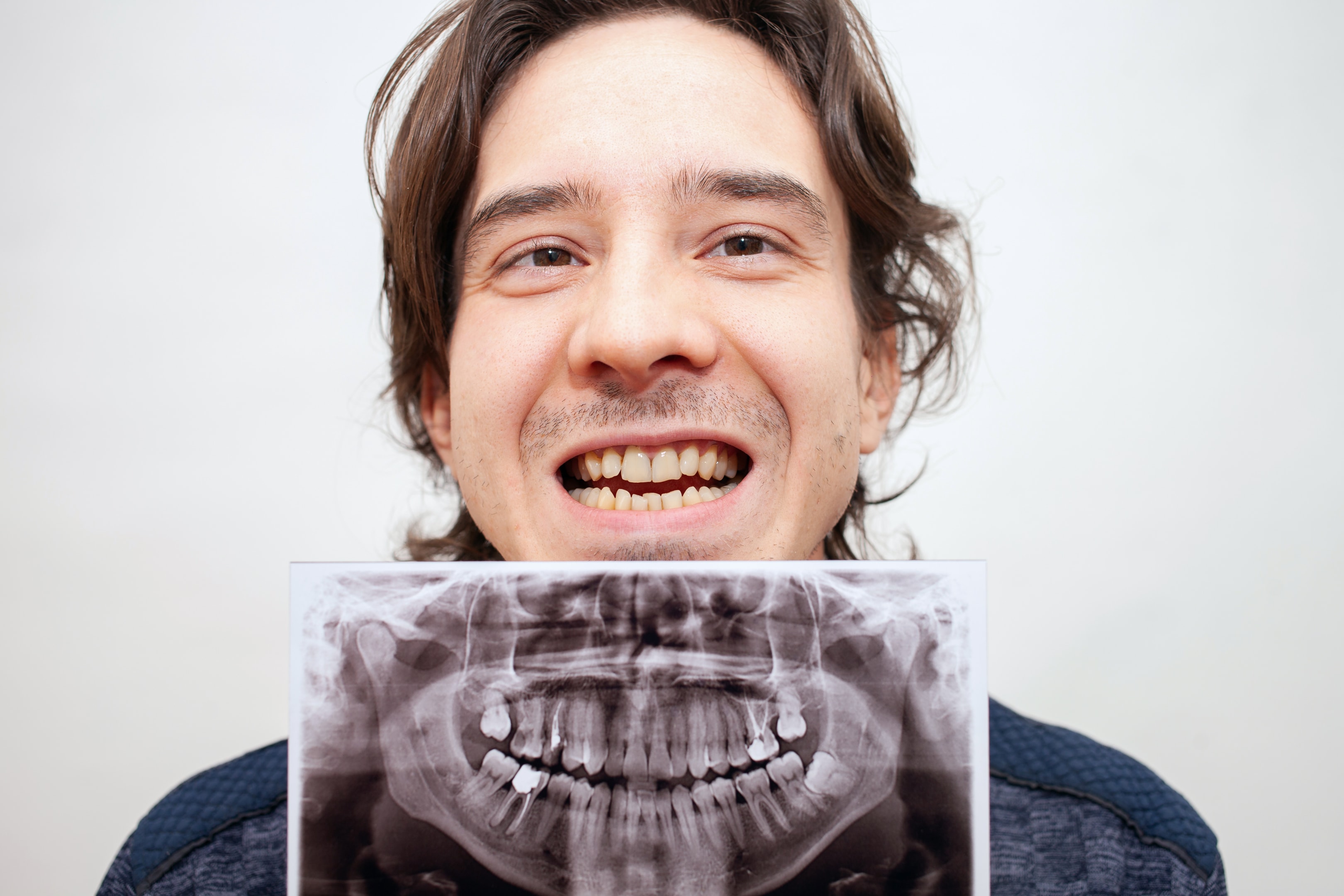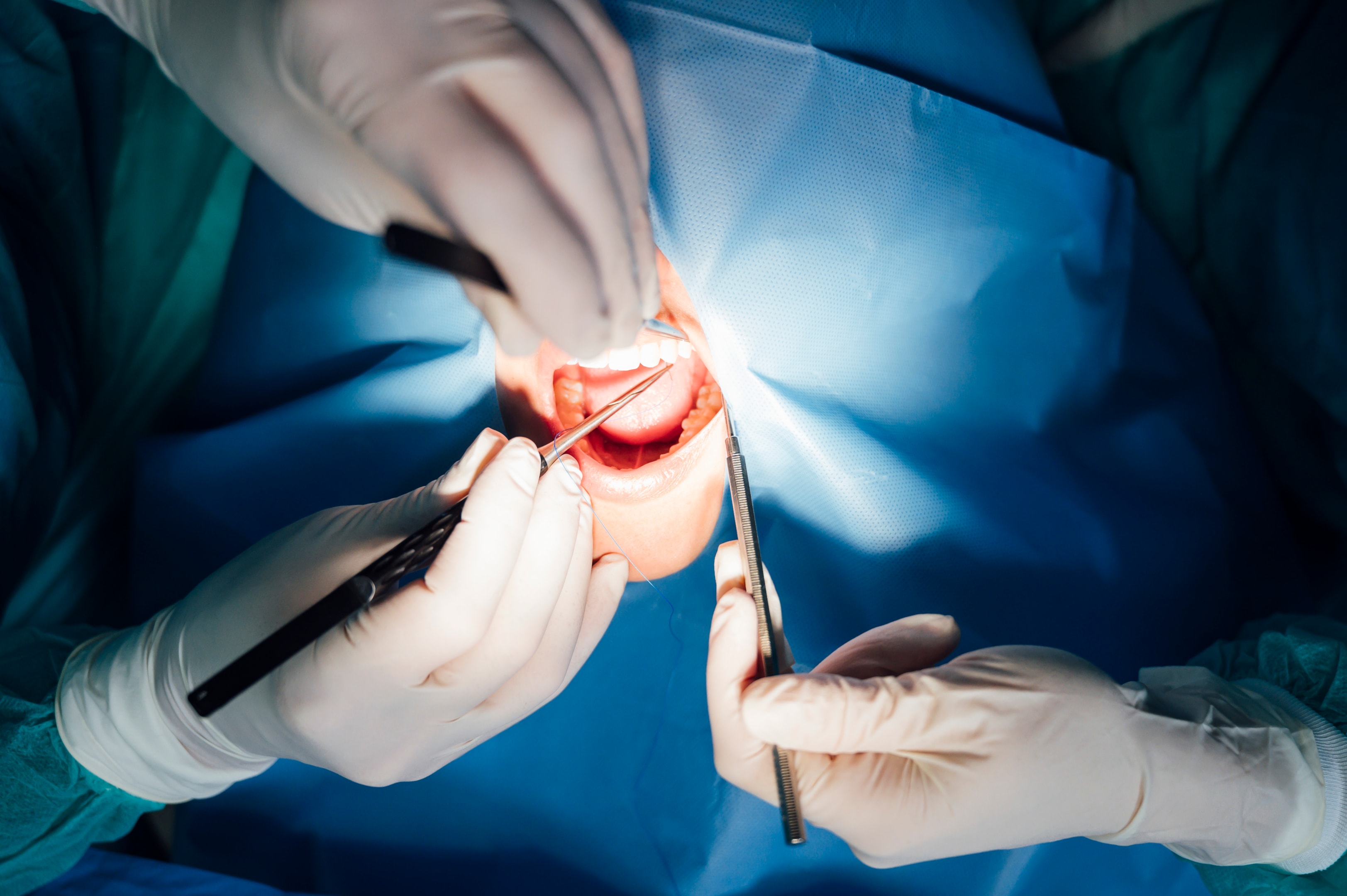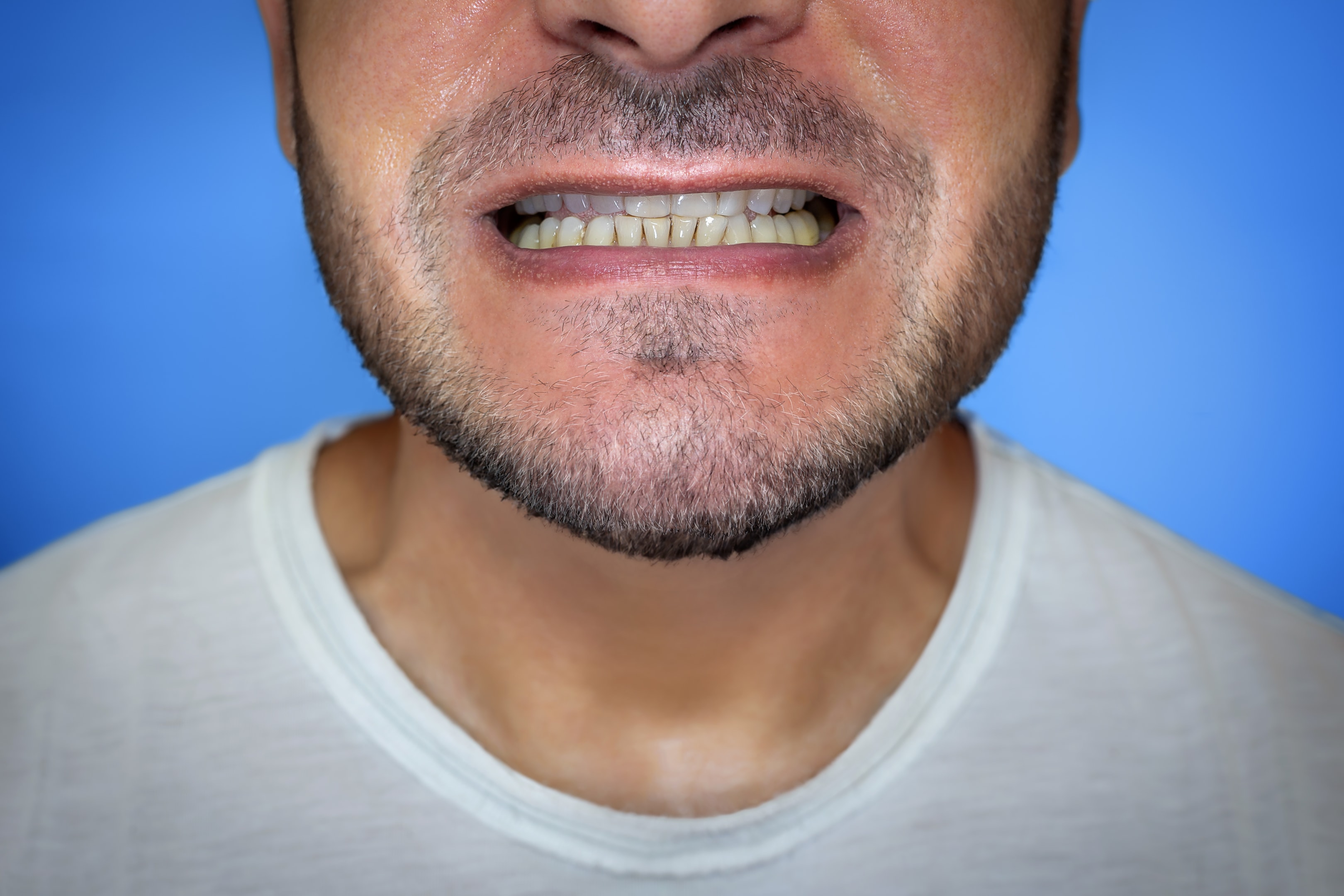Undergoing lower jaw surgery can be a game-changer, whether it’s to correct misaligned teeth, improve your bite, or fix facial imbalances. The process can seem intimidating at first, but with the right guidance and care, your lower jaw surgery recovery can be smooth and straightforward.
Chin surgery, also known as genioplasty, is another procedure that can be performed to correct facial imbalances.
This guide will help you understand when this surgery is necessary, why you’d consider it, what the procedure entails, and the best practices for a smooth lower jaw surgery recovery.
Understanding the Need for Lower Jaw Surgery: Why Is It Necessary?

Lower jaw surgery recovery begins with understanding why the surgery is necessary. Lower jaw surgery, also known as mandibular osteotomy, is not just about appearance—it’s about function. If you have trouble chewing, speaking, or experiencing discomfort because of your jaw muscles, it could be a sign of underlying jaw problems that need addressing.
Misaligned jaws can cause chronic pain, difficulty eating, and even issues with breathing during sleep.
One major reason to consider lower jaw surgery is when other treatments, like orthodontics or braces, are not enough to fix the problem. While orthodontic treatment can shift teeth into the right place, surgery is sometimes necessary to align the lower and upper jaws.
Practical Tip:
If you’re experiencing a misaligned bite or persistent discomfort in your lower jaw, consult with your oral surgeon or orthodontist. Early intervention can make a significant difference in your overall health and quality of life, making your lower jaw surgery recovery much smoother.
What Does Lower Jaw Surgery Involve and How Does It Affect Recovery?

The journey to better jaw function begins with an oral consultation. At South Calgary Oral Surgery, our team of expert oral surgeons will assess your jaw structure and create a treatment plan that’s tailored to your needs. Lower jaw surgery involves repositioning the lower portion of your jaw to improve alignment, setting the foundation for a successful lower jaw surgery recovery.
In addition to lower jaw surgery, procedures like chin surgery (genioplasty) may also be considered to correct facial imbalances.
For patients needing both upper and lower jaw surgery—a procedure called double jaw surgery—the upper jaw or maxillary osteotomy may also be performed to address issues with upper teeth and front teeth alignment. This procedure is particularly beneficial for those with severe open bites, underbites, or overbites.
Typically, the surgery is done under general anesthesia to ensure you’re comfortable throughout the process. The oral surgeon makes small cuts in the bone and moves the jaw into its new position, securing it with tiny plates and screws.
Practical Tip:
Your surgeon will provide specific guidelines for jaw movement after surgery. Following these closely can promote complete healing and reduce the risk of complications, such as bleeding or jaw misalignment during recovery.
Lower Jaw Surgery Recovery: What to Expect in the First Few Weeks

The lower jaw surgery recovery process can vary depending on the complexity of the surgery, but typically lasts between several weeks to a few months. During the first few weeks, you may experience swelling, difficulty eating, and some discomfort, but these are normal parts of the healing process.
In the early stages, you will need to follow a liquid diet and slowly progress to soft foods like mashed potatoes, soft pasta, and soft meats.
This is important because chewing can put unnecessary pressure on the surgical area, and you want to avoid disturbing the blood clots forming around the bone and tissues, which are critical for healing during your lower jaw surgery recovery.
Practical Tip:
Use an ice pack during the first 48 hours to reduce swelling. This will also help manage pain and speed up your recovery time.
Oral Hygiene During Lower Jaw Surgery Recovery: Why It Matters

Proper oral hygiene is key to preventing infections after lower jaw surgery. Your oral surgeon will give you specific instructions on how to keep your mouth clean without disrupting the healing surgical area. Using a gentle mouthwash or saltwater rinse can help keep bacteria at bay, and avoiding hard foods will protect the healing bones and teeth during your lower jaw surgery recovery.
Be sure to follow the “no spitting” rule during the early stages of recovery. Spitting can dislodge blood clots and slow down healing.
Practical Tip:
Brush your teeth carefully with a soft toothbrush and take extra care around the surgical area. This promotes complete healing and prevents complications during your lower jaw surgery recovery.
Diet and Nutrition: Fueling Your Lower Jaw Surgery Recovery Process

Nutrition plays a huge role in a successful lower jaw surgery recovery. Since your diet will be limited to soft foods and liquids for a while, it’s crucial to focus on nutrient-rich options that promote healing. Foods like smoothies, broths, and food supplements will give you the vitamins and minerals your body needs. As you progress in your recovery, you can gradually introduce foods that are easy to chew, like soft pasta and eating soft meats.
Many patients find that sticking to soft foods for the first few months, combined with taking it easy on their jaw muscles, makes a huge difference in their recovery speed and comfort level.
Practical Tip:
Avoid foods that require hard chewing. Stick to mashed potatoes, scrambled eggs, and protein-packed food supplements to support healing. Drinking plenty of water also keeps you hydrated, helping the body heal faster.
How Long Until You Can Resume Normal Activities During Lower Jaw Surgery Recovery?

One of the most common questions after surgery is, “When can I start chewing again?” It’s essential to give your jaw enough time to heal. You may need to avoid solid foods for up to six weeks, depending on your progress. Your surgeon will monitor your jaw movement and ensure your jaws are healing correctly before giving you the green light.
Swelling will subside over several weeks, and by several months, most patients can return to normal activity levels. However, you should avoid high-impact sports or anything that could stress your jaw bones until your surgeon gives you the all-clear.
Practical Tip:
Patience is key during recovery. Follow your surgeon’s instructions closely, and keep your appointments for check-ups to ensure your jaws are healing as expected. Each week will bring you closer to complete healing.
Long-Term Benefits of Lower Jaw Surgery

The results of lower jaw surgery go beyond cosmetic improvements. While you will likely see an enhancement in your facial appearance after healing, the functional benefits are even more impactful. Patients who undergo surgery often find that their jaw problems, such as difficulty chewing or speaking, are significantly improved or completely resolved.
Plus, aligning your upper and lower jaws can prevent wear and tear on your teeth, reducing the need for future dental work.
Surgery also corrects conditions like open bite and severe overbite, improving your overall quality of life. Over time, patients report that breathing, speaking, and eating become easier, leading to a more comfortable and confident lifestyle.
Practical Tip:
Stay committed to your treatment plan post-surgery to ensure long-term results. Keep up with oral hygiene practices, visit your surgeon for regular check-ups, and embrace your new, improved bite.
Conclusion: A Journey Towards Healing and Confidence

Recovering from lower jaw surgery takes time, but with the proper care and patience, you can look forward to improved function, better health, and a more balanced appearance. At South Calgary Oral Surgery, we understand the challenges and are committed to supporting you every step of the way. From the first consultation to post-op care, our team of skilled oral surgeons will ensure your journey is as smooth as possible.
Remember, every step you take—from carefully following your surgeon’s instructions to practicing good oral hygiene—brings you closer to complete healing and enjoying life with a well-aligned, functional, and aesthetically pleasing jaw. Keep your focus on the long-term benefits, and don’t rush the process. Healing is a journey, but the results are well worth the effort!
So, if you’re struggling with jaw problems or have been recommended for orthognathic surgery, consider scheduling a consultation with South Calgary Oral Surgery today. We’re here to help you get your smile—and your life—back in line!







